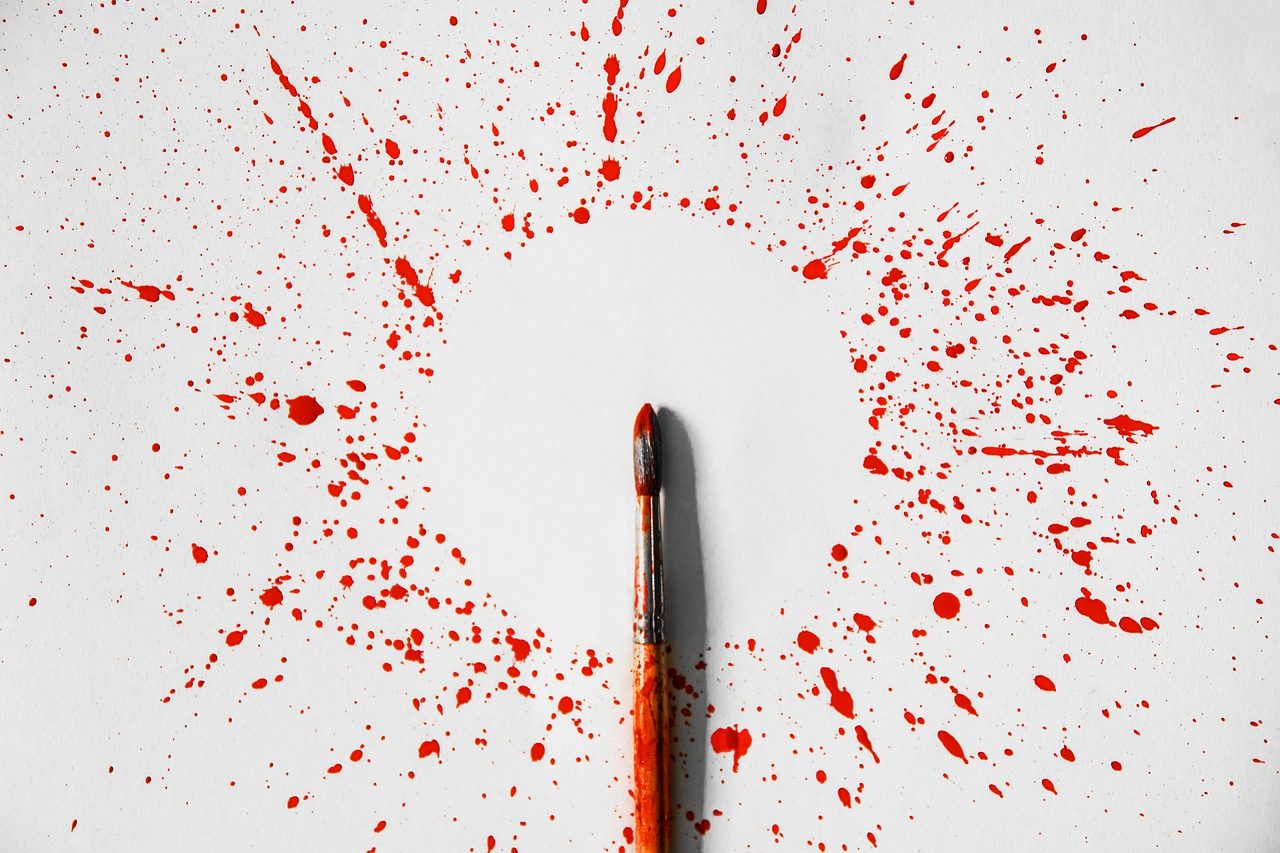Our dedication lies not just in treating symptoms but in addressing the root causes, offering a holistic approach that integrates the best of therapeutic practices with the warmth of community support.
Using Community-Based Art Therapy for Addiction Treatment

In art therapy, the focus is on the individual patient creating art to process issues that may challenge or block them. Through the practice of making art within a psychotherapeutic relationship, individuals can build their emotional resilience, deal with issues like depression and trauma, process painful traumatic memories, resolve difficult experiences, and gain insight into their past and also explore who they want to be. This creative process allows people to see patterns that they may have a harder time recognizing when engaging in traditional talk therapy.
Art Therapy for Addiction Treatment
Community-based art therapy seeks to achieve the same goals within a collaborative group process that can build cohesion and trust, and encourage empowerment, all while reducing the internal stigma that is often a part of addiction and mental health issues. Art therapists use community-based art therapies with small groups, like those here at Encore, and in collaboration with community-based organizations that reach out to members of a neighborhood or a specific group within a community.
I have recently begun using community-based art therapy to help give patients a sense of belonging and to attempt to reduce the shame associated with addiction and mental health. Isolation and shame can block the healing process for those with substance use or mental health disorders. Through these collaborative art therapy projects, Encore patients come to a deeper understanding that they are not alone and come to realize that others struggle with challenges related to addiction and mental health also. Working together and then discussing the process can help patients begin to visualize a life in recovery with a community of support.
For example, in one of the community-based art experientials I run at Encore I often ask patients to create a self-portrait of themselves as if they were a house. This directive can help to push patients to see themselves in new and often revealing ways that the group can process together. As a community-based exercise, I then extend the directive to ask the group to put those houses on a large flat piece of paper in order to build a community or neighborhood. This group process leads to a discussion of boundaries, what resources are needed in the community they have created, and what is important about that community for each person in the group.
My role as the therapist is to ask questions, rather than interpret what I see. How did you decide to put your houses in that configuration? What does the name you chose for your community mean to you? How did you all decide on that name? The discussion gives patients insight into group dynamics and their individual roles. The group may, for example, be very consultative and cooperative as they place their houses, leading them to realize they have built bonds with one another. Or group members may each place their house without discussion, leading to conflict that has to be resolved or to a realization that they are still working on understanding the necessity of community support in treatment and recovery. The project brings up both group weaknesses and strengths and can draw the group together or divide it.
Making the art and the ensuing discussion are enlightening for the group as a whole and for each person. This process offers insights that the group can continue to process, and that can be passed along to the primary and group therapists at Encore, to be integrated in their individual therapy sessions.
For individuals, the art therapy process is revelatory in showing where they are in terms of accountability, interdependence, responsibility, and cooperation. In art therapy groups where creating a cohesive community comes with challenges, it’s still a good learning opportunity to see what those challenges were, including exploring where they came from and how to overcome them.
Participating in communities and recovery groups and relating in healthy ways to family and friends is a foundational element of a healthy recovery. Community-based art therapy is one of many therapy tools used at Encore to help our patients better understand where they are in their ability to engage in that work. In fact, even when individual art therapy projects are completed, engaging in group discussion about these projects enables each participant to receive insight from other group members that they may not have recognized themselves.
Community-based art therapy broadens and deepens the impact of group therapy, by integrating the collaborative community building component. Group members see that they are capable of working with and trusting others, expressing their needs, and setting boundaries. Within the safe, therapeutic environment, power differentials, cultural relationships, and differing experiences can be explored, thereby enabling each participant to begin building a framework for life in recovery.
Art therapy is an integral component of Encore’s holistic, individualized care that addresses our patients’ physical, mental, and spiritual health needs through our partial hospitalization and intensive outpatient programs.
Let Us Support You On Your Recovery Journey!
Copyright 2025 Encore Outpatient Services | All Rights Reserved



